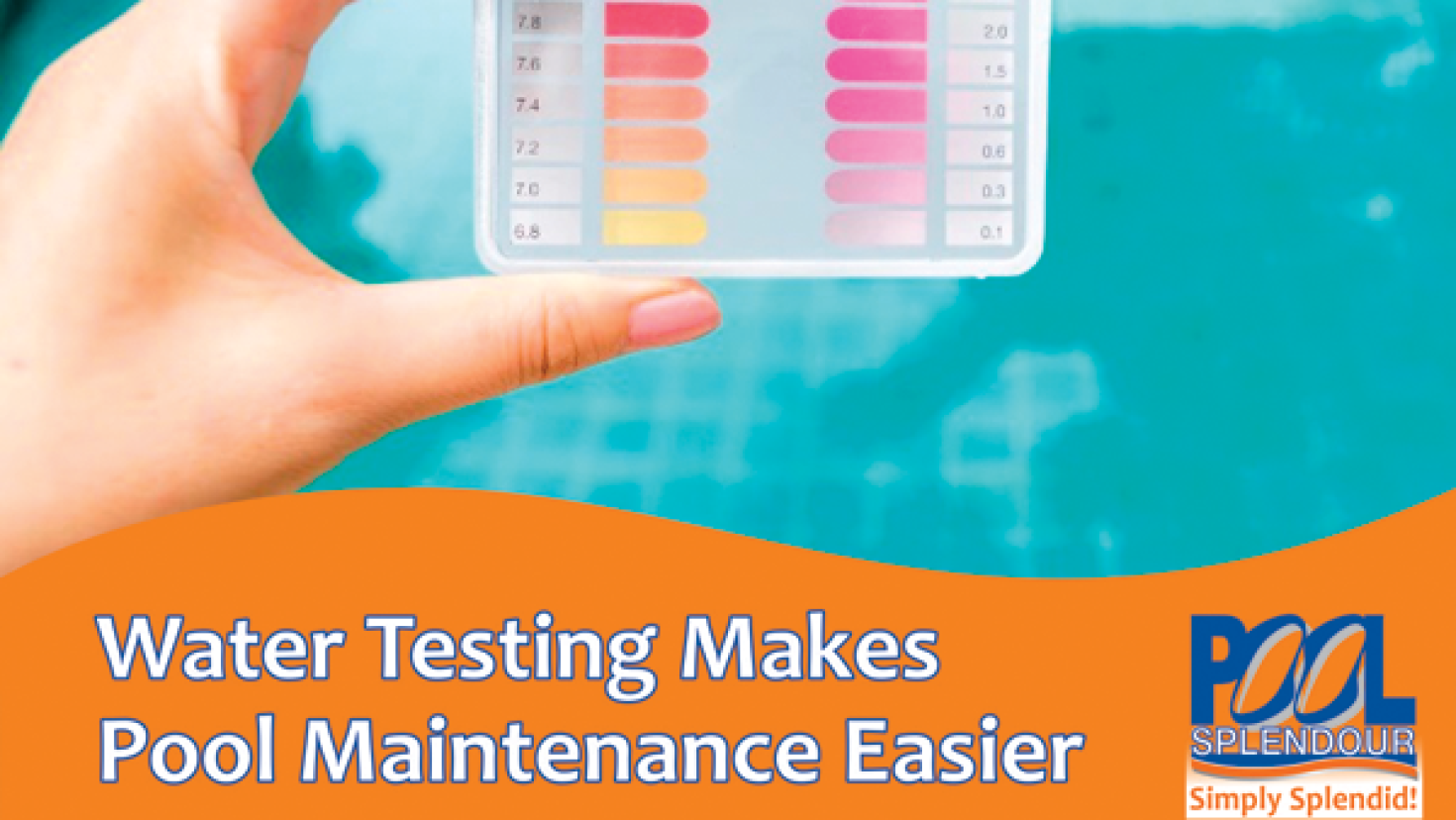Many people think that if the water looks blue it is protected from bacteria, swimmer residue and algae, but to fully ensure that the pool water is protected from bacteria and other contaminants, it needs to be tested at least once a month during the peak swimming season.
Proper water testing will help detect any problems that might be developing, which – when detected early- can be resolved easily so you can avoid headaches down the road.
If you want to test your water yourself, here are some tips to help achieve accurate results:
Always start with a clean testing vial and fresh reagents. Test chambers should be rinsed with clean water after each use, and liquid reagents should be replaced at the beginning of each swimming season. Foil-wrapped tablet reagents are good for up to 3 years. If using test strips, they should also be replaced at the beginning of each swimming season as well.
- Check the free chlorine level. Generally, levels should be between 1.0 and 3.0 ppm (parts per million).
- Check and adjust the total alkalinity (TA). TA is a measurement of the “buffer” capacity of your pool water, which prevents big changes in pH and helps avoid corrosion and staining. Total alkalinity between 80ppm and 150ppm provides optimum performance.
- Test and adjust the pH. The correct range is 7.4 to 7.6. This is probably the most important test for your pool.
- Take a sample of your pool water to Pool Splendour or your local pool professional for a comprehensive water analysis.
A computerised test not only determines the pools pH balance and TA, but it also detects levels of sanitiser, the presence of swimmer residue (skin and suntan oils, hair spray, etc.) and the possibility of algae, other contaminants, and potential pool problems.
Either way, be sure to stay ahead of problems with frequent water testing and both you and your pool will be all the happier for it.



